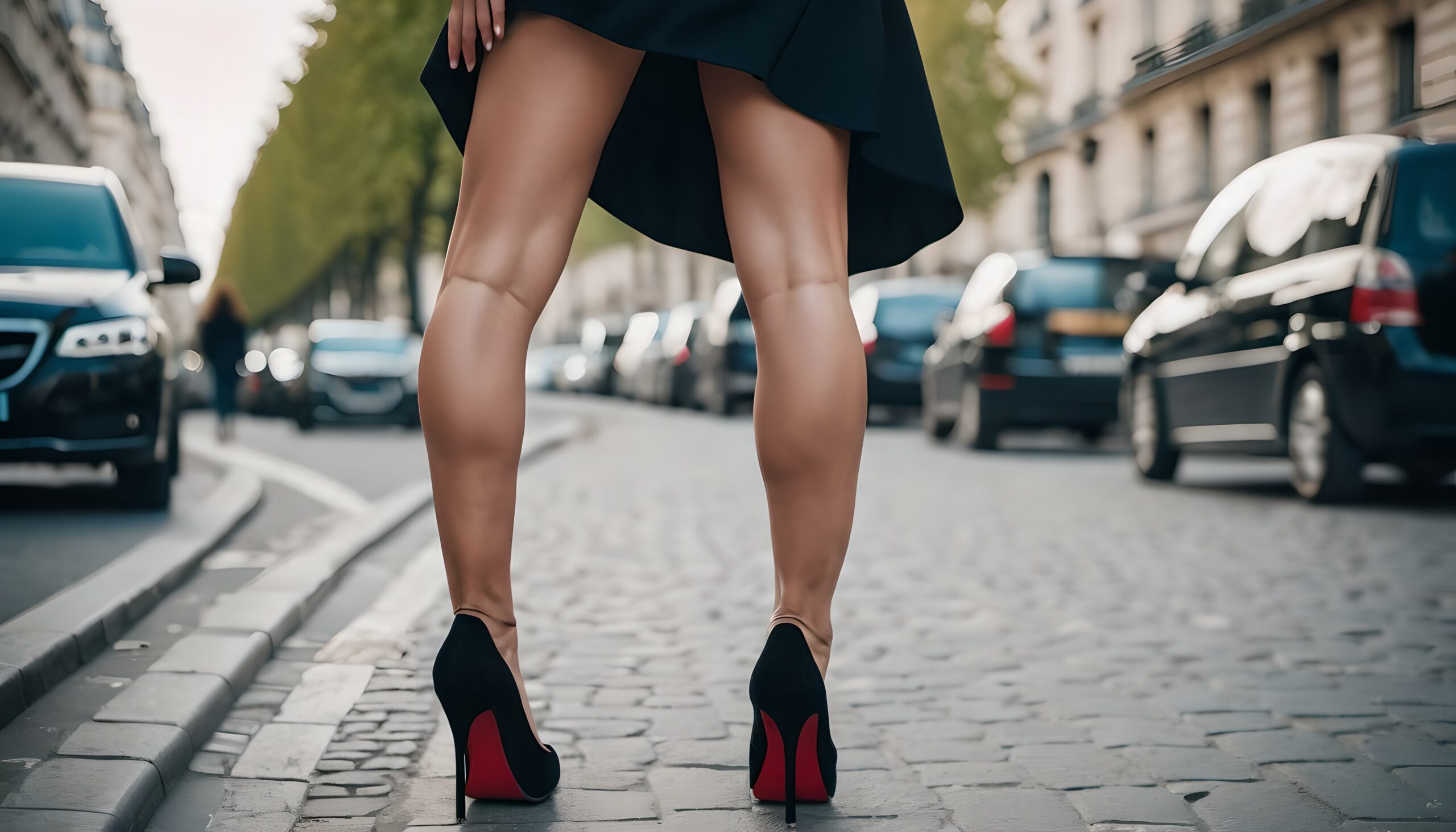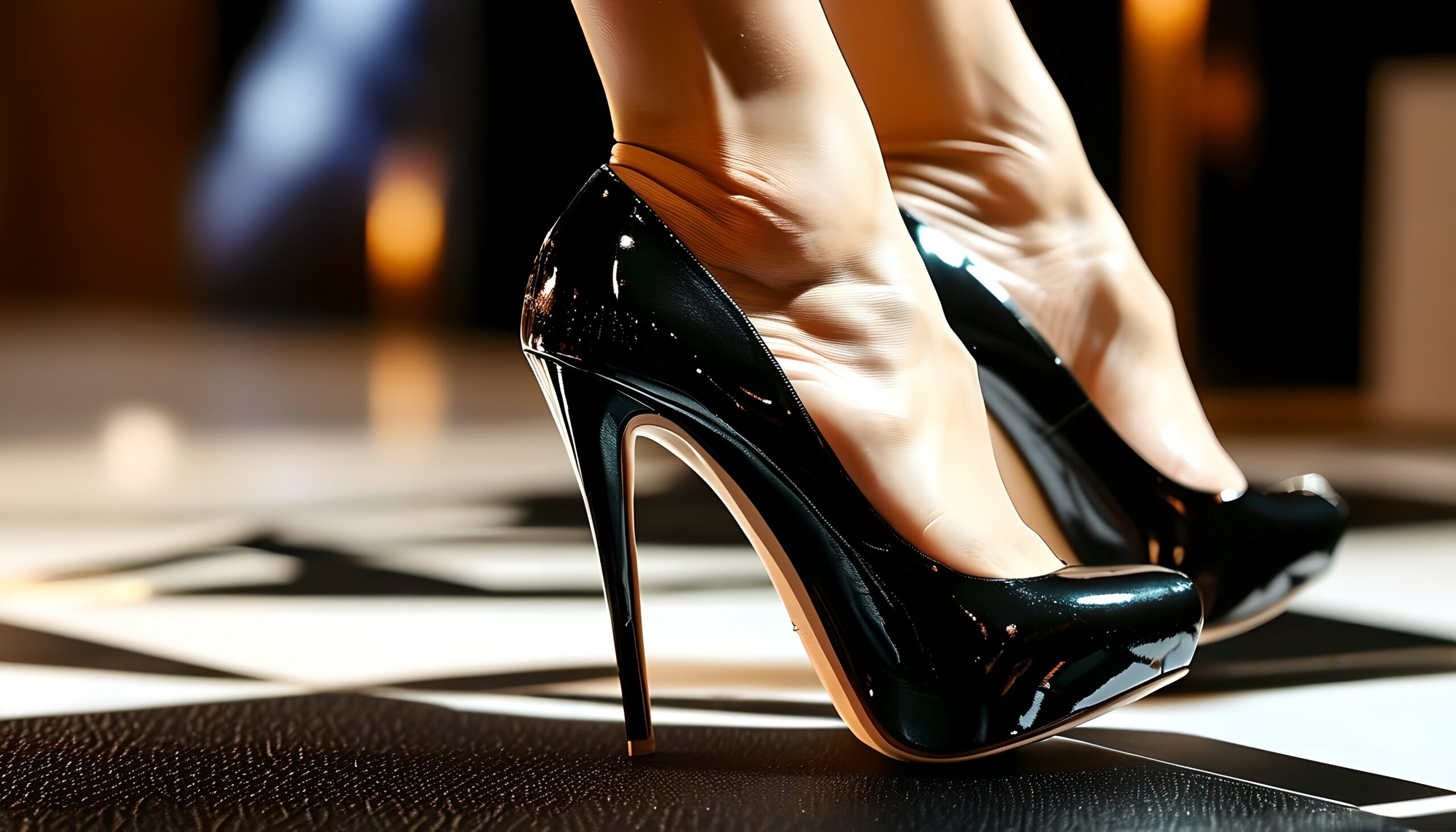High heels have been a significant fashion statement for centuries, symbolizing power and capturing the fascination of people worldwide. These seemingly straightforward yet alluring footwear pieces have a rich and diverse history, influenced by cultural shifts, evolving beauty standards, and even political events.
In this exploration of “The History of High Heels: 10 Surprising Facts,” we’ll delve into the captivating journey of high heels, revealing unexpected details that highlight their evolution, cultural importance, and timeless appeal. 
From their modest beginnings to their presence on modern runways and in everyday fashion, high heels have a story that’s as intriguing as it is surprising. Join us as we take a trip through history to uncover the remarkable narrative behind these iconic shoes.
The History of High Heels
The history of high heels, from ancient footwear to modern stilettos, is a fascinating journey shaped by cultural changes, fashion trends, and the evolving role of footwear in society. Here, we’ll explore the origins and development of high heels and answer the question, “Why were heels invented?”
- Ancient Origins: High heels trace their roots back to ancient Egypt around 3500 BCE, where they were worn by the upper class to signify their elevated status.
- Persia and the Middle East: High heels were introduced to Persia (modern-day Iran) in the 9th century, where Persian cavalrymen wore heeled boots to secure their feet in stirrups while riding horses.
- European Renaissance: During the 16th century, high heels became popular in Europe, especially among aristocrats who wore them as symbols of prestige. These shoes often featured elaborate designs, reflecting their luxury.

- Gender and Fashion: Initially, high heels were worn by both men and women, but by the 18th century, they became predominantly a women’s fashion item. The introduction of stiletto heels further emphasized the gendered nature of high heels.
- 19th and 20th Century: High heels remained a staple in women’s fashion throughout the 19th and 20th centuries, evolving through various styles, including platforms in the 1930s and stilettos in the 1950s.
- Modern Era: Today, high heels symbolize femininity, power, and style, worn for both formal and casual occasions. Designers continually innovate to create unique and comfortable designs, such as strapless heels, nude heels, and more.
- Cultural Significance: High heels are often discussed in debates on gender, power dynamics, and body image, with some viewing them as empowering, while others critique them for promoting discomfort and unrealistic beauty standards.
Who Invented High Heels?
While high heels originated in ancient civilizations, pinpointing a single inventor is difficult. High heels evolved over millennia, with various cultures contributing to their development.
- Ancient Egypt: High heels can be traced back to around 3500 BCE in ancient Egypt, where they were worn for ceremonial purposes and as status symbols.
- Persia (Modern-day Iran): In the 9th century, Persian cavalrymen wore heeled boots for practical purposes, such as securing their feet in stirrups while riding horses.
- Europe: High heels were introduced to Europe in the 16th century, where they became popular among the aristocracy, particularly men.
- King Louis XIV: King Louis XIV of France is often credited with popularizing high heels in the 17th century. He wore high-heeled shoes with red soles to symbolize his power and authority, leading to their widespread adoption in French fashion.
When Were High Heels Invented?
High heels, in various forms, have existed for thousands of years. Their exact invention date is challenging to pinpoint as they gradually evolved across different cultures and periods.
- Ancient Egypt: The earliest high-heeled shoes appeared around 3500 BCE, primarily for ceremonial purposes.
- Persian Cavalry: The practical use of high heels began in Persia during the 9th century, helping cavalrymen maintain stability while riding horses.
- European Aristocracy: By the 16th century, high heels became a fashion trend in Europe, worn by both men and women, before evolving into a predominantly female fashion item in the 18th century.

- Modern Evolution: Throughout the 20th century, high heels continued to evolve, with new styles and materials being introduced, making them a staple in modern fashion.
Interesting Facts About the History of High Heels
- The First Great Shoe Designer: François Pinet, a 17th-century French shoemaker, is celebrated as one of the earliest and most influential shoe designers, particularly for high heels.
- Medieval Soldiers: High heels were originally designed for medieval soldiers to help them stay secure in their stirrups while riding horses.
- Height Regulation by Law: In 17th-century Europe, heel height was regulated by law, with higher heels signifying higher social status.
- Near Disappearance: High heels almost disappeared during the French Revolution, as they were associated with the aristocracy.
- Iconic Designers: Several designers are famous for their high heels, including Christian Louboutin, Manolo Blahnik, and Jimmy Choo, each bringing unique designs to the fashion world.

- Worn by Men First: High heels were originally designed for men, serving practical purposes in various cultures before becoming a women’s fashion staple.
- World War II Influence: During World War II, material shortages led to the creation of high-heeled platform shoes, which helped maintain the popularity of high heels.
- Garbage Avoidance: In the 16th century, high heels were worn to avoid the filth on European streets.
- Stiletto Origins: The word “stiletto” comes from the Italian word for a slender dagger, reflecting the shape of the heel.
- Drag Culture: High heels have been embraced in drag culture as symbols of empowerment and self-expression.
- Royal Fashion: High heels were once a symbol of royalty, worn by kings like Louis XIV to signify their elevated status.
- High Heel Marathons: High heel races, where participants run in high heels, are popular events in some cities, celebrating fashion and fun.
- Red Carpet Staple: High heels are a staple on the red carpet, with celebrities often opting for custom-designed heels to complement their glamorous outfits.
